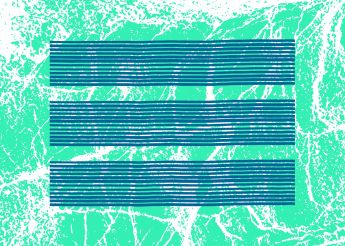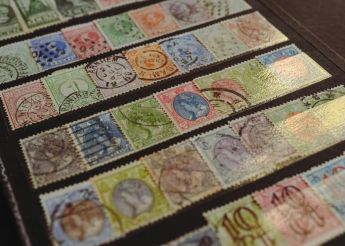MRAM. In general, the marginalised are disproportionally executed in Iran. When you look at maps included in the report, the province with the highest number of executions per capita is South Khorasan, which is the absolute poorest province. Numbers are also relatively high in Baluchistan and in Kurdish regions. People living in these regions are poor, marginalised. There is more opposition to the regime there. Therefore, the regime’s need to create fear is higher is such provinces.
JBF. People who were executed for murder or drug-related charges, most of the time, belong to the most marginalised categories of population, such as the poor or ethnic minorities. This is a way for the regime to show that anybody in the population can be executed. The authorities may also transfer prisoners from one province to another after arrest to increase the number of executions in a given province and instil more fear.
MRAM. Prisoners facing security-related charges, such as affiliation to a Kurdish group, are also under more pressure than the others. They are transferred to central areas, either to keep them further away from their own people to avoid protests, or to centralise them, and maybe to use certain interrogation techniques. Prisoners charged for security reasons are very often transferred to Tehran or to prisons close to this city. In Tehran, they are interrogated by one of the many parallel bodies of the Iranian security system.
When people are on death row in Tehran, especially for political reasons, there are campaigns to save them and information about their case. In central Iran or big cities like Tehran, authorities try to maintain the appearance of respecting safeguards regarding trials and detention. But in Baluchistan or in Kurdish regions, death sentences do not get the same attention. Human rights activists in such regions are under more pressure, because they are accused of separatism or terrorism by the regime’s propaganda machine. Creating awareness around issues like the death penalty is much more difficult. Where there is less oversight, authorities operate with minimal accountability. The lawlessness observed in the Iranian judicial system is even stronger in the ethnic regions.
Public hangings are a tool still used by the regime to instil fear, despite the high political cost of such executions. However, in the recent years and especially after the Covid-19 pandemic, the numbers declined. At some point, over the last 14 or 15 years, there were more than 60 public executions every year. But it seems that the number of public executions might be on the rise again.
JBF. They stopped public executions during Covid, because of the restrictions on gatherings. But they resumed this practice in 2022 and increased it slowly but steadily. It is linked to the overall increase of executions. It is difficult to measure the psychological impact of a public hanging for the people who attend, particularly children. Torture is also part of the tools used by the regime to create fear among the population.
MRAM. Hearing about an execution sends a clear message to the public, but seeing it is even more terrifying. Authorities would rather have a larger number of public executions, but the political cost would be too high. They do calculations of what would be the cost and benefits for them. They know that, especially with the situation in the past couple of years, public executions can lead to anger among the international community and the Iranian population. International pressure is one of the elements that eventually made the authorities back down in the past, for instance on the use of death penalty for drug offences. The space available to manoeuvre on the use of death penalty is very little, but it is there.





